Ultimate Resource for Sourcing Hoist Lifting Equipment Worldwide
In today's fast-paced industrial landscape, the demand for efficient and reliable Hoist Lifting Equipment has surged. Whether in construction, manufacturing, or warehousing, these essential tools play a crucial role in ensuring safety and productivity. With a plethora of options available globally, sourcing the right Hoist Lifting Equipment can feel overwhelming. This blog aims to be the ultimate resource for navigating the international market, providing insights into quality suppliers, innovative technologies, and the latest trends in the hoisting sector.
As industries evolve and technological advancements reshape operations, understanding the nuances of Hoist Lifting Equipment is more important than ever. From electric hoists to manual chain hoists, each type serves its unique purpose and application. Our comprehensive guide will equip you with the knowledge to make informed decisions, streamline your sourcing process, and ultimately enhance your operational efficiency. Join us as we explore the diverse landscape of hoisting solutions available worldwide, ensuring you find the perfect fit for your requirements.
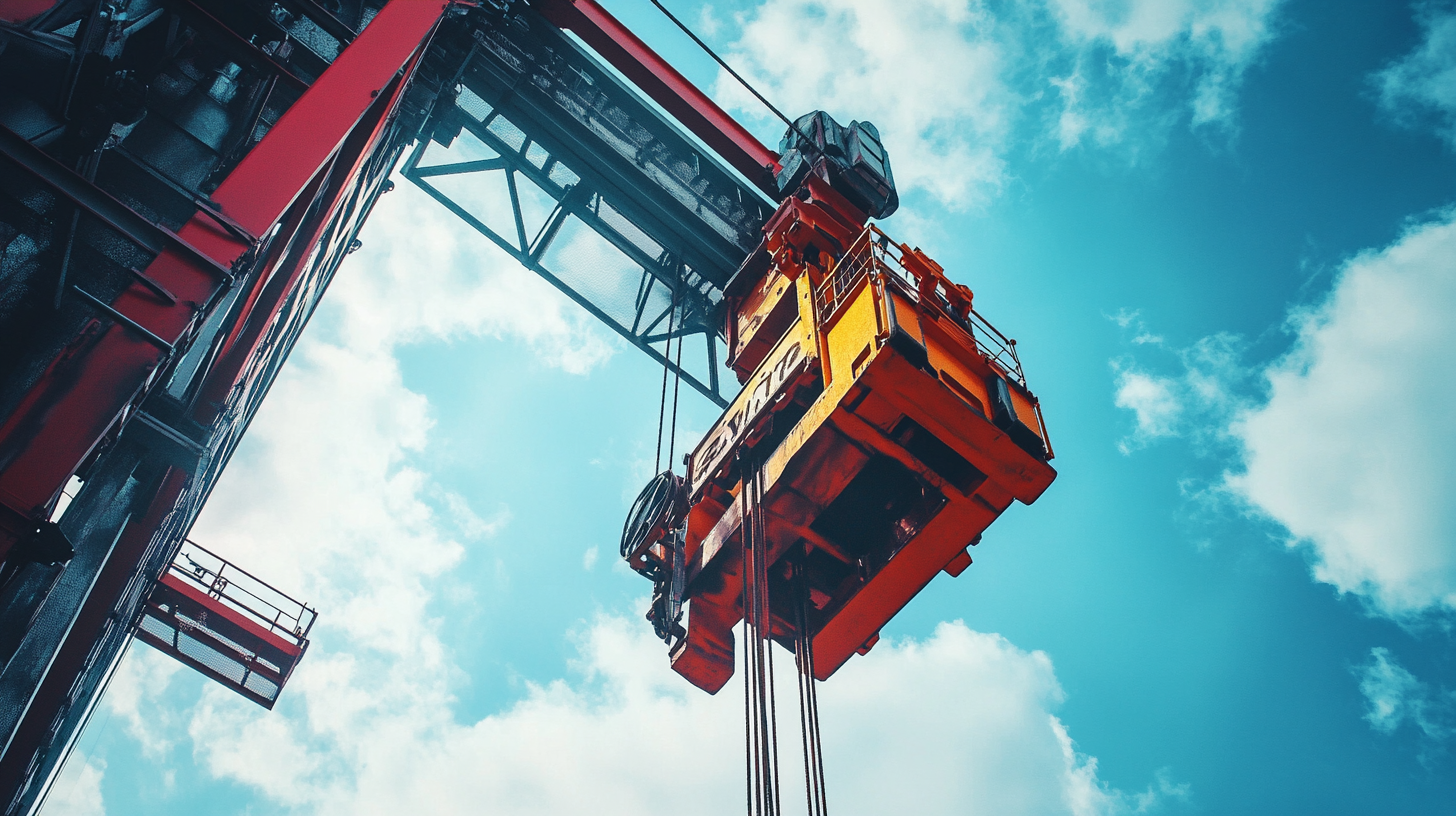
Comprehensive Overview of Hoist Lifting Equipment Types and Uses
When it comes to hoist lifting equipment, understanding the various types and their specific applications is crucial for selecting the right tools for your needs. Hoists can be categorized into manual, electric, and pneumatic variations, with each type featuring distinct mechanisms that cater to different lifting requirements and environments. Manual hoists, for instance, are commonly used in smaller operations where power sources may not be available, allowing users to lift loads with a crank or hand chain. On the other hand, electric hoists provide enhanced efficiency and can handle heavier loads, making them suitable for industrial settings. These hoists utilize electric motors to hoist items quickly and with minimal labor, often featuring safety mechanisms to prevent overloads. Pneumatic hoists, powered by compressed air, offer another alternative, particularly beneficial in settings where electric equipment may present a hazard. Their lightweight design and high lifting speeds make them an excellent choice for assembly lines and warehouses. Each type of hoist comes with a range of attachments and configurations to optimize performance for particular tasks. For instance, chain hoists and wire rope hoists are popular for their durability and strength, while beam hoists are commonly used for lifting materials across larger spans. Understanding these diverse options empowers buyers to source the most suitable hoist lifting equipment, ensuring efficiency and safety in their operations.
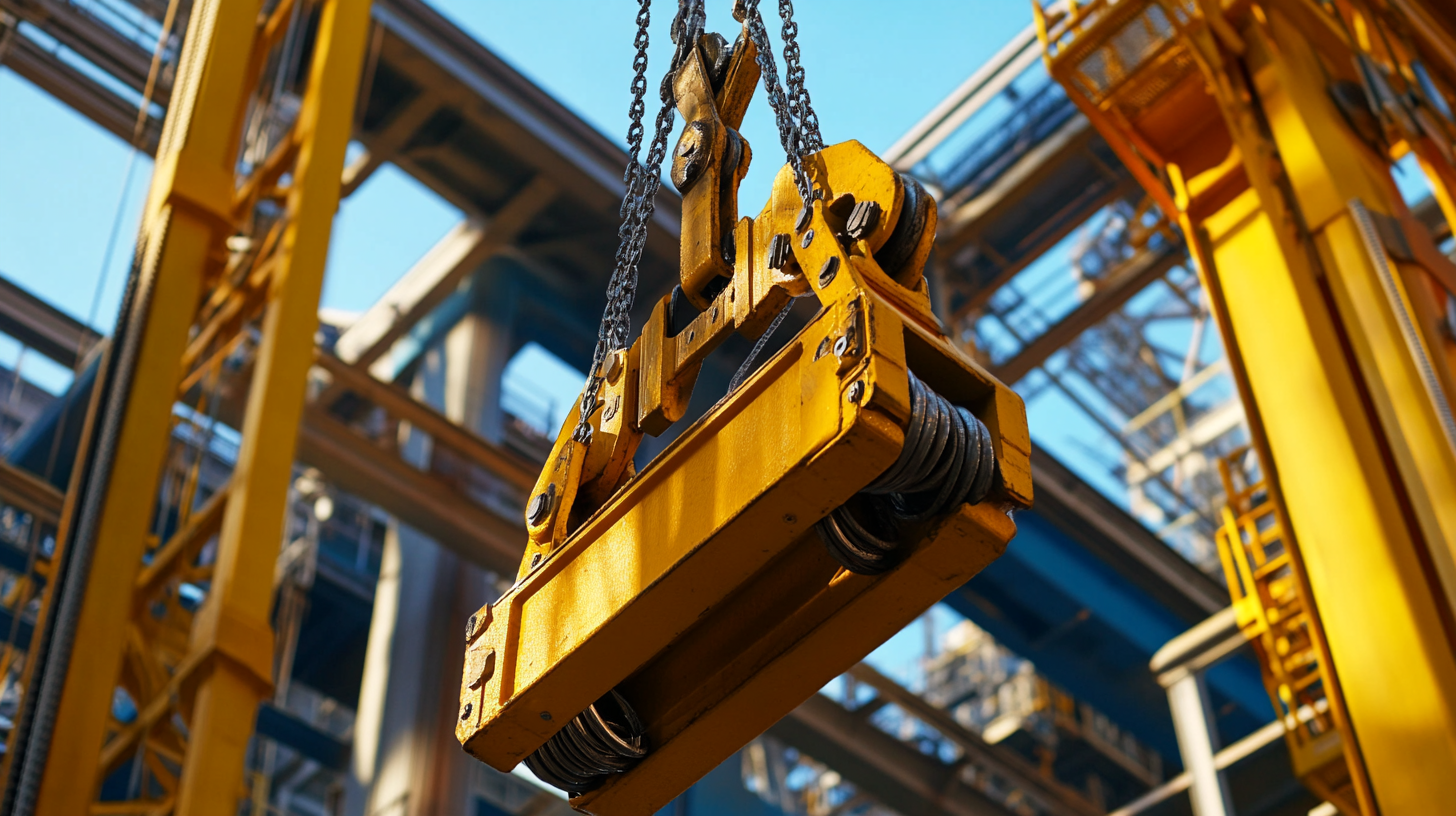
Key Factors to Consider When Sourcing Hoist Lifting Equipment
When sourcing hoist lifting equipment worldwide, several key factors warrant careful consideration to ensure optimal performance and safety on the job site. Understanding the specific requirements of your project is paramount. The type of lifting equipment needed—be it a tower crane, mobile crane, or a specialized hoist—should reflect the scale and complexity of the operations. According to the 42nd annual Wells Fargo Construction Industry Forecast, the construction sector is thriving, prompting an increased demand for advanced lifting solutions that can adapt to evolving project needs.
Another crucial consideration is the equipment's compliance with international safety standards. Hoists and cranes may vary in specifications and capabilities based on regional regulations. Equipment must not only meet local compliance but also undergo rigorous inspections and certifications to prevent accidents—vital in an industry where the stakes are high. The recent statistics on construction incidents highlight the need for reliable equipment to mitigate risks associated with equipment failures.
Cost-effectiveness is also a significant factor when sourcing hoist lifting equipment. While it may be tempting to opt for lower-priced options, a thorough evaluation of the long-term operational costs, including maintenance and downtime, is essential. As identified in the Mobile Crane Market Size Report, investing in high-quality equipment can lead to enhanced productivity and reduced overall expenses, making it a wise choice for businesses looking to sustain growth in the competitive construction landscape.
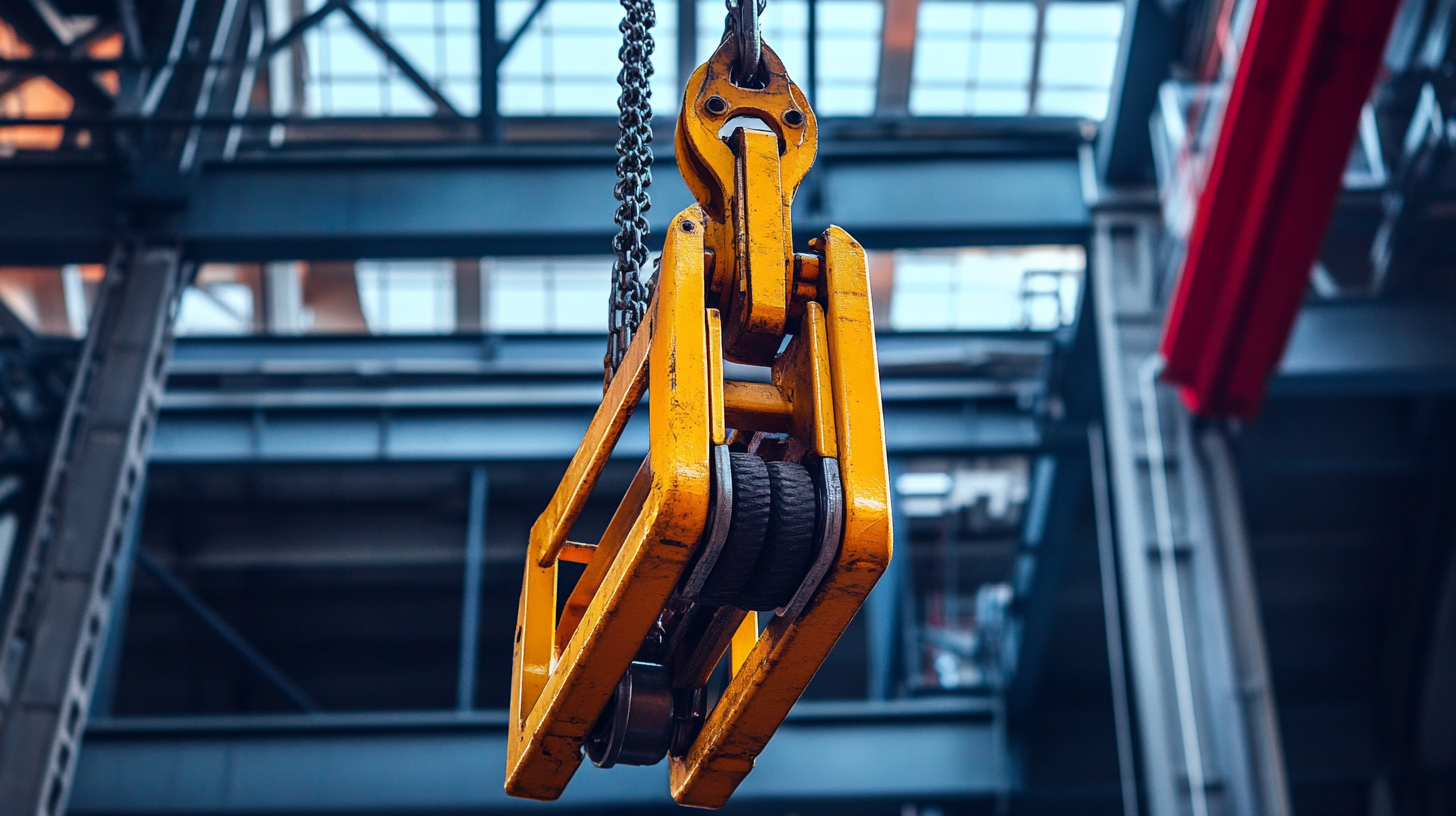
Top Global Manufacturers and Suppliers of Hoist Lifting Equipment
In the rapidly evolving field of construction and manufacturing, sourcing hoist lifting equipment from reputable suppliers is paramount for efficiency and safety. According to a report by ResearchAndMarkets, the global hoist market is expected to reach $3.5 billion by 2025, driven by a rising demand for automation in lifting applications and a surge in construction activities worldwide. This growth emphasizes the importance of partnering with top global manufacturers and suppliers who can deliver reliable and high-quality hoisting solutions.
Leading suppliers like Konecranes, Terex, and JLG have established themselves as pivotal players in the hoist lifting equipment arena. Konecranes, for example, reported a backlog growth of approximately 20% in 2022, showcasing increasing investments in material handling solutions. Meanwhile, Terex is recognized for its innovative designs that cater to diverse industry needs, ranging from construction sites to harsh marine environments. The breadth of their product portfolios ensures that businesses can find tailored solutions that meet specific lifting demands.
Furthermore, the shift towards sustainability in manufacturing processes has led to the emergence of eco-friendly hoisting equipment. Suppliers are increasingly focusing on electric hoists and energy-efficient systems, as highlighted in a report by MarketsandMarkets, which suggests that the electric hoist segment is projected to grow at a CAGR of 4.5% until 2026. As companies prioritize environmental responsibility, sourcing equipment from manufacturers that align with these sustainability goals will be crucial for future-proofing operations.
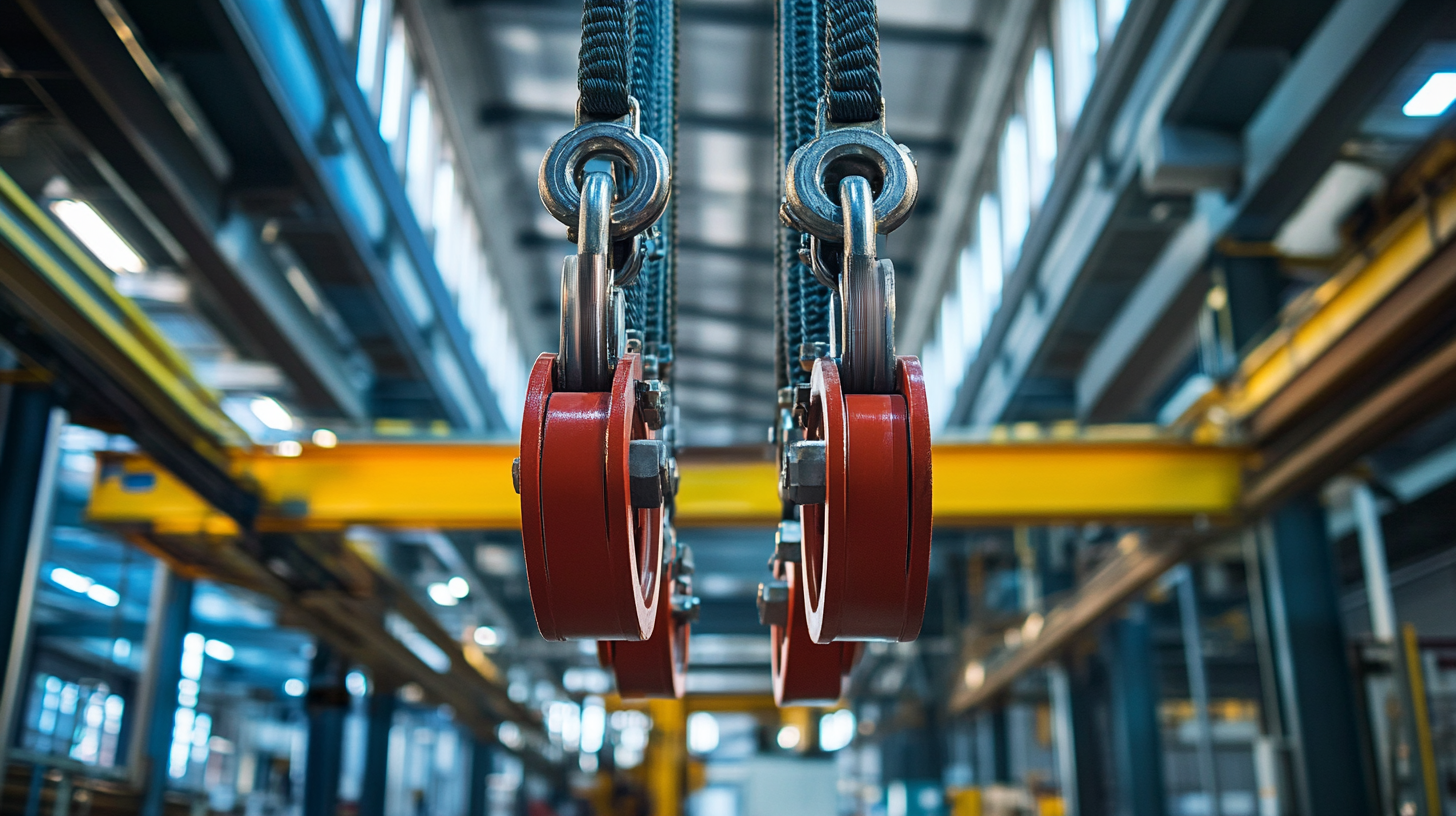
Innovative Technologies in Hoist Lifting Equipment to Watch
In an era where efficiency and safety are paramount in lifting operations, the hoist lifting equipment sector has witnessed remarkable advancements driven by innovative technologies. One of the most notable trends is the integration of IoT (Internet of Things) capabilities into hoisting systems. By enabling real-time monitoring and data analysis, IoT empowers operators to track load conditions, assess the health of equipment, and predict maintenance needs. This shift toward smart technology not only enhances operational safety but also significantly reduces downtime, making processes more streamlined and cost-effective.
Another exciting development in hoist lifting equipment is the adoption of advanced materials and design techniques. Lightweight yet durable materials such as high-strength composites are becoming increasingly common, allowing for more compact designs without sacrificing performance. This innovation not only improves portability but also enhances energy efficiency during operations. Additionally, advancements in automation and robotics are revolutionizing traditional hoisting methods, enabling precise control and reducing the risk of human error in high-stakes environments.
Electric hoisting solutions are also gaining traction, particularly in environmentally conscious industries. These systems offer reduced emissions and lower energy consumption compared to their hydraulic counterparts. As manufacturers continue to develop more powerful and efficient electric hoists, businesses are finding that these solutions not only meet their lifting needs but also align with sustainable practices. The future of hoist lifting equipment is undoubtedly bright, with these innovative technologies paving the way for safer, smarter, and more efficient lifting operations around the globe.
Sustainability Practices in the Hoist Lifting Equipment Industry
In the hoist lifting equipment industry, sustainability practices are rapidly gaining prominence as manufacturers respond to the growing demand for eco-friendly solutions. A notable example is Konecranes, which has been at the forefront of advancing sustainable practices in material handling. Their recent showcase at the Green Steel World highlights their commitment to supporting the low-carbon steel movement, emphasizing the role that innovative equipment plays in promoting greener industries. By focusing on environmental efficiency and automation, Konecranes is setting a benchmark for others in the industry to follow.
The introduction of the Konecranes D-Series electric chain hoist exemplifies how advanced technology can align with sustainability goals. Designed for high-performance lifting while minimizing ecological impact, this hoist integrates features that enhance energy efficiency, thus catering to industries keen on reducing their carbon footprint. With projections indicating significant growth in the overhead crane market, it’s evident that the push for sustainable equipment will shape future industry trends.
Moreover, as companies like Shin Guan reinforce their commitment to quality through ISO certifications, the pressure to maintain environmental responsibility grows stronger. Such certifications not only reflect a dedication to superior service but also a pledge to uphold sustainable practices. As the global market evolves, integrating these sustainability initiatives in hoist lifting equipment design will be crucial for businesses aiming to thrive in an increasingly eco-conscious landscape.
